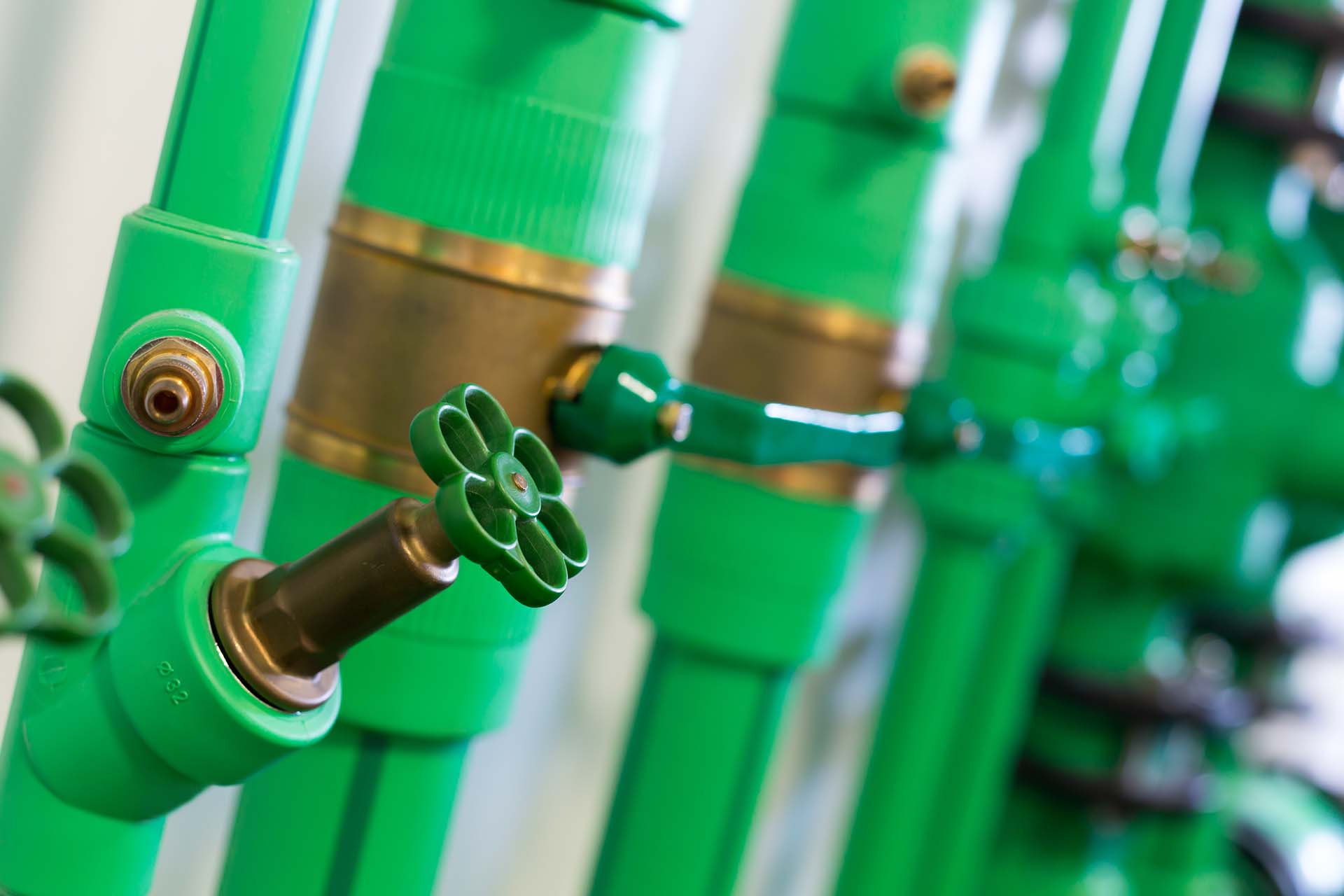Frozen or bursting pipes cause a lot of frustration to many homeowners and bring about expensive repairs. The cold weather usually causes pipes and dr
Frozen or bursting pipes cause a lot of frustration to many homeowners and bring about expensive repairs. The cold weather usually causes pipes and drains to freeze and rupture. And the situation can result in water damage, which can cost thousands of dollars to repair. However, there are some steps to pipes and expensive drain repair. Read further for the useful tips.
1. Turn On The Heat
Plummeting temperature causes pipes to freeze and burst. To prevent the pipes in your home from freezing, turn on the heat in your home and leave it on. This does not necessarily have to be too hot, but setting it above 50 degrees Fahrenheit will keep your pipes warm and prevent water inside it from freezing.
2. Let the Faucets Drip
If you experience frozen or bursting pipes in your region, another way to avoid bursting pipes and expensive drain repair is to open the faucets supplied by the exact pipe that is vulnerable to drip slightly. The pressure inside the pipeline will be released, and the pipe will not end up frozen or bursting.
3. Leave Interior Doors Open
As the temperature falls, you can take advantage of the heat or warmth inside the house to keep pipes located in the kitchen and bathroom cabinets warm. Open all the doors in the house and the cabinets’ doors to enable warm air in the house to circulate to both the kitchen and bathroom and keep the pipes warm.
4. Invest in Insulation
Look for pipes that are exposed and not adequately insulated. You can find this class of pipes in the basement or attic, and they may not be adequately insulated. You can add extra insulation to prevent them from freezing or bursting. You can fit the pipes with fiberglass or foam rubber sleeves to reduce the amount of cold air that gets to the pipes to prevent freezing, breaking, and emergency plumbing or drain repair.
5. Seal Up Holes and Cracks
Look around the area that pipes run through (like walls or floors) for holes or cracks. Cold air can get to the pipes from the cracks and holes and cause the pipes to freeze. Seal up the cracks and holes. You can use spray foam insulation or caulks.
Takeaway
The tips above are ways to prevent frozen or bursting pipes in your home. Preventing bursting pipes will help you to avoid water damage and expensive pipe and drain repair. A stitch in time saves nine. Get your pipes ready for the winter to prevent the frustration and expenses that bursting pipes bring.


COMMENTS